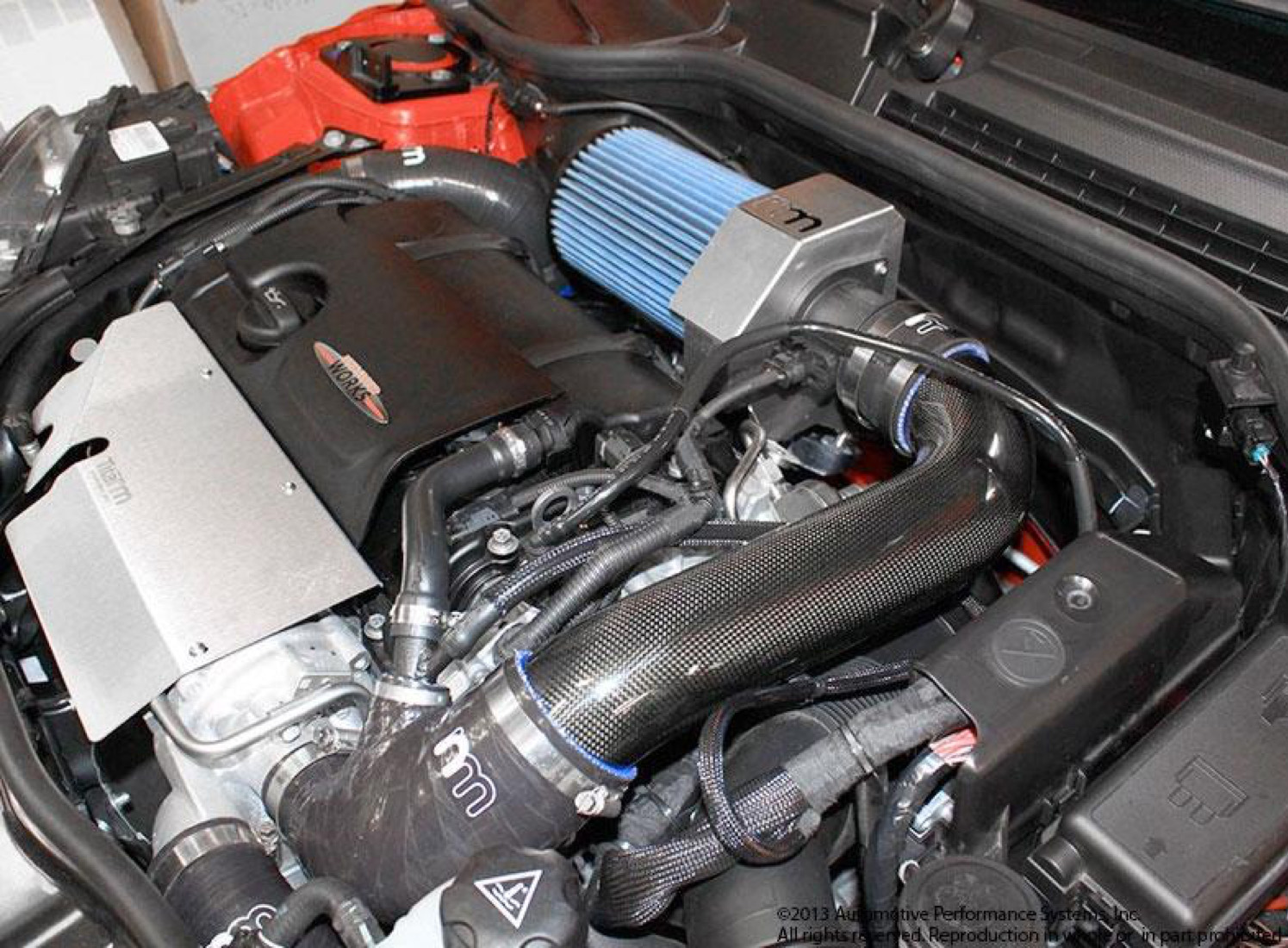
If you’re reading this article, there are high chances that you are a car enthusiast who wants to get the most out of your car. So you researched the best cold air intakes, installed one, and now you’re wondering whether you need to tune it too. Since there are mixed opinions on the topic, we’re here to help you make a decision.
A cold air intake is an affordable option for novice automobile enthusiasts who are looking for an upgrade. It boosts the car’s performance by taking in cold air, mostly from the front wheels that aren’t close to the engine, and the air is sucked into the engine for combustion.
What to Do After Installing Cold Air Intake?
If you’re wondering, “Do I need a tune for a cold air intake?”, the general answer would be yes, you do. But there’s so much more you can do after installing a cold air intake. If your car is turbocharged, you can install a larger intercooler next, and if it isn’t, you can get it tuned directly. However, it will also be totally fine if you choose to do nothing to your car and just enjoy the ride with your new cold air intake installed!
What is Car Tuning?
Oxygen intake is crucial for fuel combustion, but it produces a lot of heat in the internal system. A cold air intake brings in more dense air that contains a large number of oxygen molecules. A larger number of oxygen molecules means higher combustion, and therefore, it produces a higher power output.
When the cold air intake enhances oxygen levels, the demand for fuel automatically increases. That’s when the ECU comes into play. The ECU is basically the car’s computer that senses the amount of fuel to be injected into the combustion chamber based on the indications of the Mass Air Flow (MAF) sensors. If there’s a lot of incoming airflow, the sensor will let the ECU know that more fuel is needed to burn off all the oxygen. The ECU makes this decision based on the values in a lookup table.
Car tuning is basically changing the values in the ECU’s lookup table to improve the automobile’s performance or to make sure the hardware is delivering to its fullest potential. The common values that are adjusted by car tuners are the air to fuel ratio, ignition timing, removing the rev limit, and more. It is very crucial to make the changes correctly with maximum care. You can also tune the car for increasing fuel efficiency.
Cold Air Intake Tune
Now, you might be wondering that every car is different, so will the cold air intake tuning work for all. We have the one-word answer for the question, “Do you need a tune for a cold air intake in WRX or in a car of your choice”, and that is no. Let me explain it to you in detail.
Cars generally come with oxygen sensors, and they help detect higher oxygen levels after the combustion has been done, which does not increase the fuel uptake and stops the process. When you tune the car after installing the cold air intake, you will receive more horsepower because of higher combustion and higher fuel being injected into the engine. However, this process can be quite expensive, which is why it is not that recommended.
But what if you don’t tune your car? Simply put, your car wouldn’t utilize the cold air intake to its maximum potential. When the car is being driven at lower speeds, the ECU will notice the increased airflow, but when at higher speeds, it won’t make much of a difference.
So, do you need to tune your car after cold air intake? If you don’t mind spending a hefty price that is more than the cold air intake itself, you can go for it. But it is not the most necessary thing to have.

My name is Brandon, and I’ve been interested in cars since I was a kid. I got a bachelor’s degree in Automotive Technology and worked in a private car workshop. I have two cars that have been completely upgraded with my own hands. So I successfully put all my knowledge into practice.
